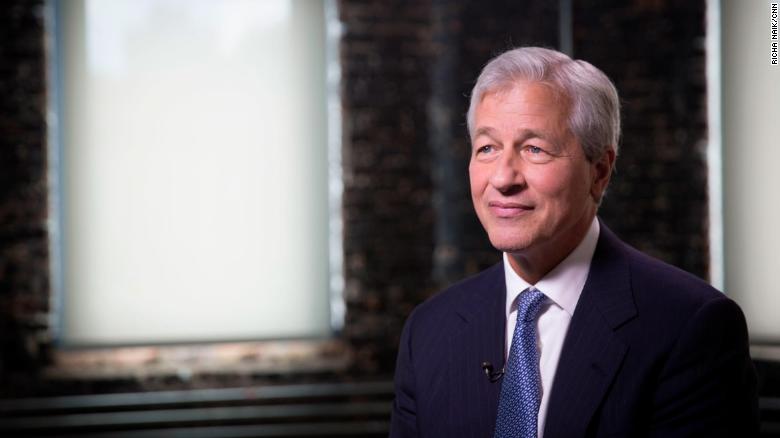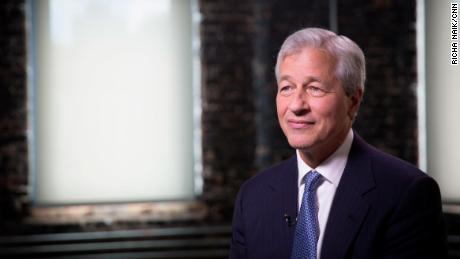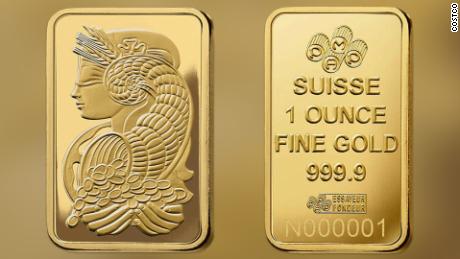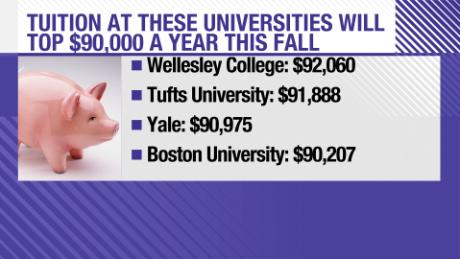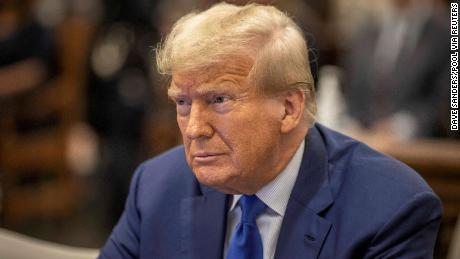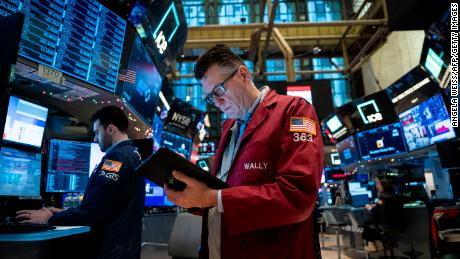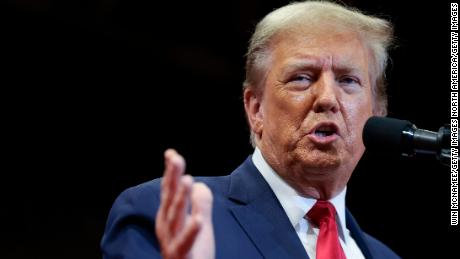New York (CNN Business)Just a few months ago, forecasters saw trouble ahead for the American economy.
A deceleration from the tax-cut stimulus of 2018, a sudden drop-off in consumer spending, a stock market crash and trade policy brinksmanship had economists warning of a giant pothole in the first quarter and a recession potentially around the corner. Even Kevin Hassett, the White House Council of Economic Advisers chairman, said in late January that there could be zero economic growth if the government shutdown lingered. (It ended two days later.)
What a difference a few months makes.
The US Bureau of Economic Analysis is due to report gross domestic product on Friday, and economists polled by Refinitiv are now projecting 2.1% annualized growth for the first quarter. That would be only slightly lower than the previous quarter's 2.2% ŌĆö which followed two robust quarters in mid-2018. Some forecasters are even more rosy: The Federal Reserve Bank of Atlanta's GDPNow tracker is running at 2.8%, up from 0.3% at the beginning of March.
"People tend to fear bad news more than they appreciate good news," said Robert Frick, corporate economist with Navy Federal Credit Union, explaining the turnaround. "Even though you knew it was going to be a temporary thing ŌĆö the shutdown was over, the stock market was recovering ŌĆö people didn't have confidence in the numbers that were clearly in front of them."
The most important numbers: Aside from a surprise poor showing in February's payroll data, the labor market bounced back in March, keeping the three-month trend at a healthy average of 180,000 new jobs. Initial unemployment claims are at a 50-year low. And wages have been growing faster than inflation, indicating that workers are regaining some of the ground they lost during the long, slow recovery.
Those factors added up to a recovery in consumer spending. Retail sales rebounded to 1.6% growth in March, indicating that shoppers' pullback in January and February didn't mean they were going into prolonged hibernation. New home sales have also bounced back, responding both to low mortgage rates and increased supply of more moderately priced homes than the luxury stock that had saturated the market over the last several years.
Meanwhile, a marked slowdown in US manufacturing activity at the beginning of the year appears to have eased slightly, as fears of a trade war escalation with China have faded and exports have recovered. China itself has begun to recover from its 2018 slump, fueling hopes that its powerful consumer class could help buoy global trade.
And perhaps the biggest factor underpinning market confidence: The Federal Reserve predicted that it might hold off on interest rate hikes for the rest of the year. That stance has only been reinforced by what economists are starting to call a "lowflation environment," as price increases remain below the central bank's 2% target.
That doesn't mean the economy is headed for another gangbusters year like 2018. But spring has brought much more promising signs.
"Unless a policy mistake is in the offing or an external shock hits home, the near future should resemble the recent past, with the economic engine downshifting to a soft landing," Bob Schwartz, senior US economist at Oxford Economics, wrote in a note to clients.
In June, the recovery from the Great Recession will turn 10 years old, and become the longest period of continuous growth on record. The question after that becomes: Does this cycle really have to end?
"The end of the cycle keeps getting pushed ahead," Navy Federal's Frick said. "Maybe we've gone from the bottom of the eighth to the bottom of the seventh. I think the probability of a much longer expansion has grown."
